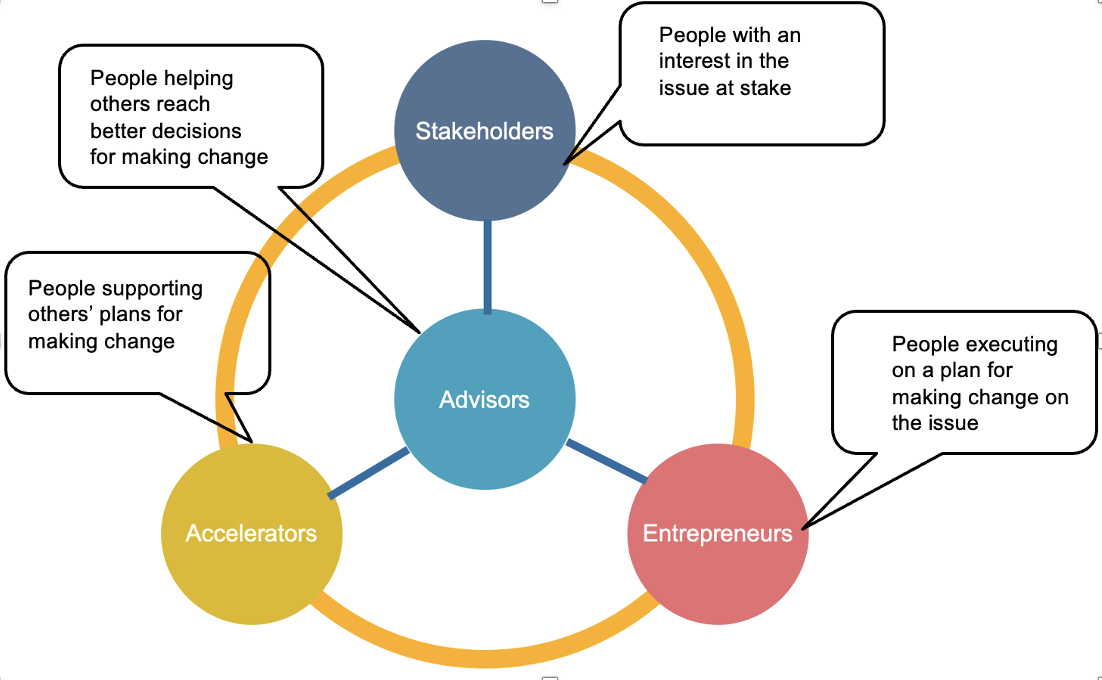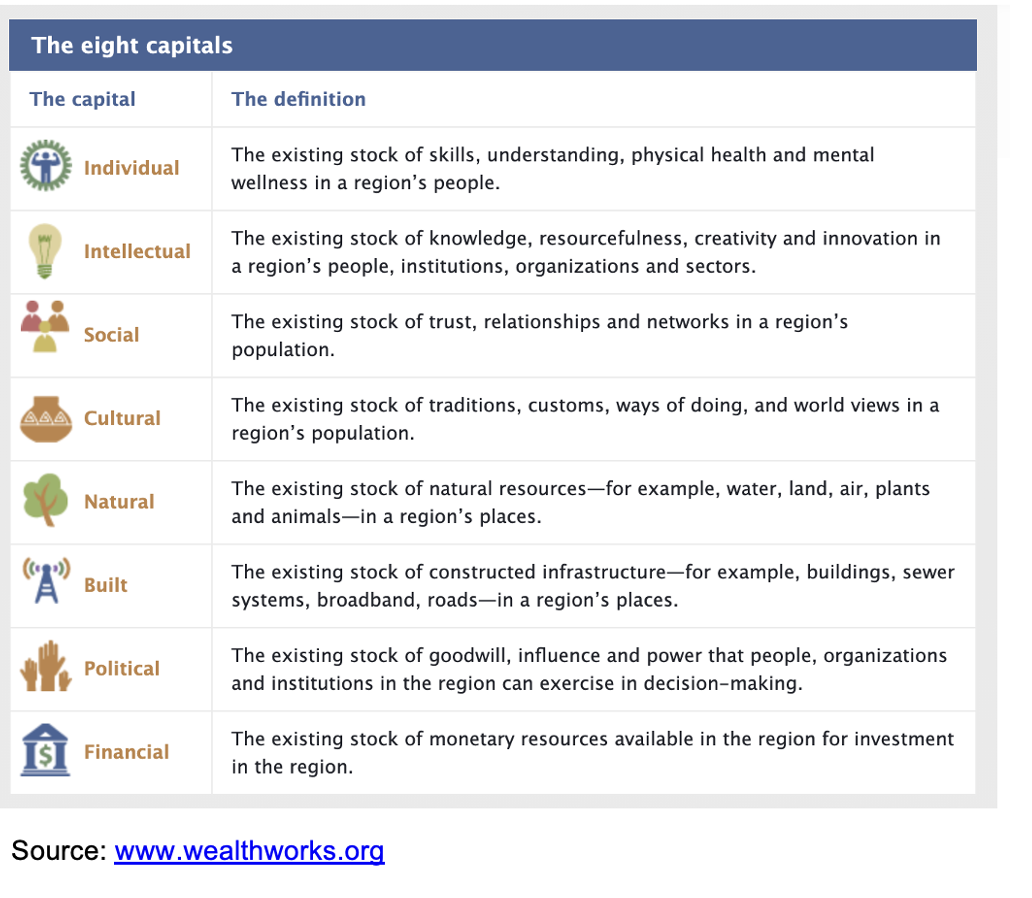Strategic Leadership 101: Developing A Landscape Analysis
Aug 04, 2022Context eats strategy for breakfast!
This saying points out the danger of jumping into strategic planning without fully considering the landscape--the context--in which we are operating. In this latest post in our series on strategic leadership, we are going to look at how to create a landscape analysis which maps the context in which your strategic choices unfold. Whether you are a donor, a philanthropy advisor or a social entrepreneur, it makes sense to get familiar with this process and use it whenever you are making significant strategic choices about how best to achieve the impact you envision.
Strategy: A Working Definition
How you carry out your mission
Consistent with your values
In order to maximize your potential impact in pursuit of your vision
Landscape Analysis: An Essential Foundation for Strategic Planning
A landscape analysis:
- Pressure tests your theory of change and your theory of action against the reality of your operating environment
- Sets the context for strategic planning by making sure you are taking into account the key actors and key trends that influence what's going on around you
4 Steps for Creating a Landscape Analysis
Step 1: Define the Boundaries

A landscape analysis can easily feel overwhelming if you don't begin by getting clear about the boundaries of what you are attempting to map. There are several common ways of doing this.
Geography: many donors and non profits have a geographic area in which they have chosen to operate
Issue area: this is another way that those working on issues of social change often define the boundaries of their work.
You can also combine these screens--e.g. a landscape analysis looking at the issue of long term homelessness in the city of Boston.
Step 2: Identify and Understand the Key Players
The next step is to think about who are the key players in this landscape. In can be very helpful here to step back from socially constructed identities, like "funder" and "non-profit" and consider key players instead in terms of the functional roles they actually play in the landscape, regardless of their formal title.

A lot of times there's a disconnect between the title an individual or an organization has and the actual role they play in the landscape. For example, a foundation might position itself in the landscape as an "accelerator" of other's efforts, but in reality they are actually playing the role of entrepreneur because they have a clear strategy of their own and most of their energy goes into trying to get others on board with this strategy.
If at all possible, interview the key players directly, seeking to understand their interests and their patterns of behavior. When key players aren't accessible through interviews, try to learn what you can through interviews with people who've had a chance to observe their actions over time. Being real about what you don't know is very important here as well--even if you've interviewed someone extensively, this doesn't necessarily mean you're in a position to predict their future behavior. Good strategy accounts for uncertainty!
Step 3: Identify Major Forces and Trends
Next we want to consider major forces and trends that are shaping the landscape we're looking at. What kinds of forces and trends are we talking about? he Aspen Institute's work identifying 8 forms of capital can be a really helpful lens to use. Consider each of these 8 forms of capital and look for ways these forces might be changing the game in your operating environment. The interviews with key players can be a great source of insight here, along with desk research, news articles, whatever you can get your hands on.
 Scenario planning can be a very useful tool for sorting through these forces and trends and figuring out which of them are the most consequential for your strategic choices. Much more on how to use this technique in this video.
Scenario planning can be a very useful tool for sorting through these forces and trends and figuring out which of them are the most consequential for your strategic choices. Much more on how to use this technique in this video.
Step 4: Synthesize and Reflect

The final step is to take some time to step back and reflect on what all of this means for shaping a winning strategy. A.G. Lafley's book Playing to Win is a classic in the business strategy field, and it can also be very useful for those engaged in social change when it comes to disciplined thinking about how to consider the context of your landscape to frame your key strategic choices.
Stay connected with news and articles
Join us to receive the latest news and updates from our team.
Don't worry, your information will not be shared, and you can unsubscribe at any time
We hate SPAM. We will never sell your information, for any reason.

